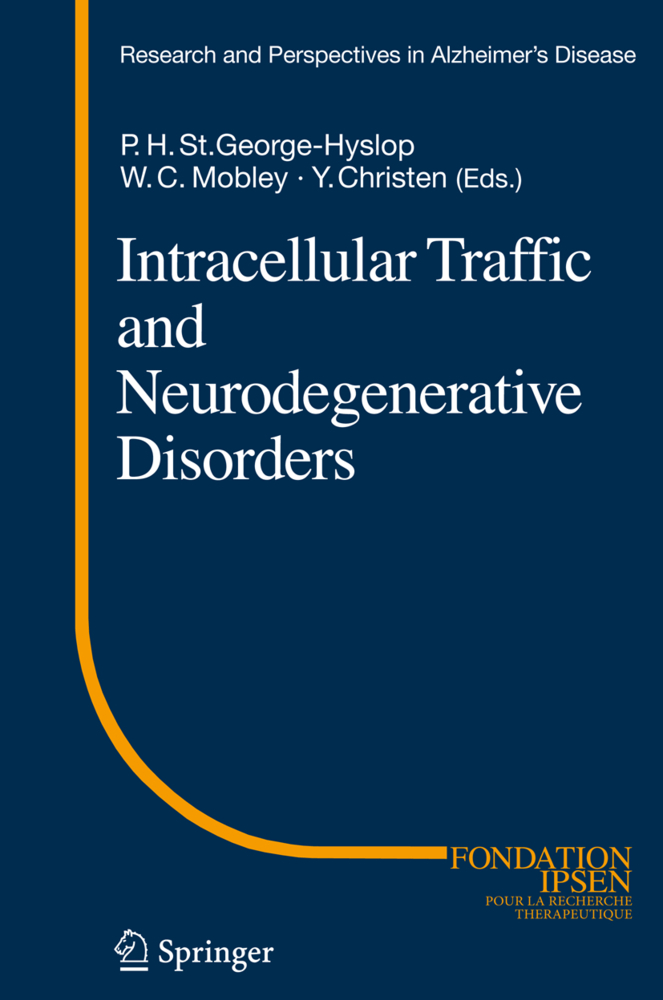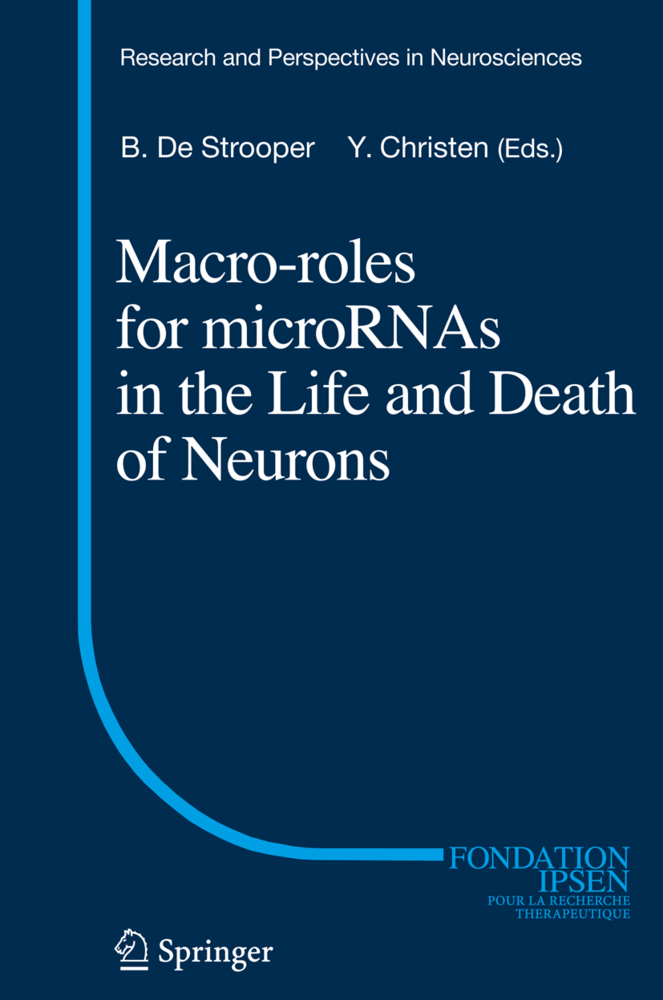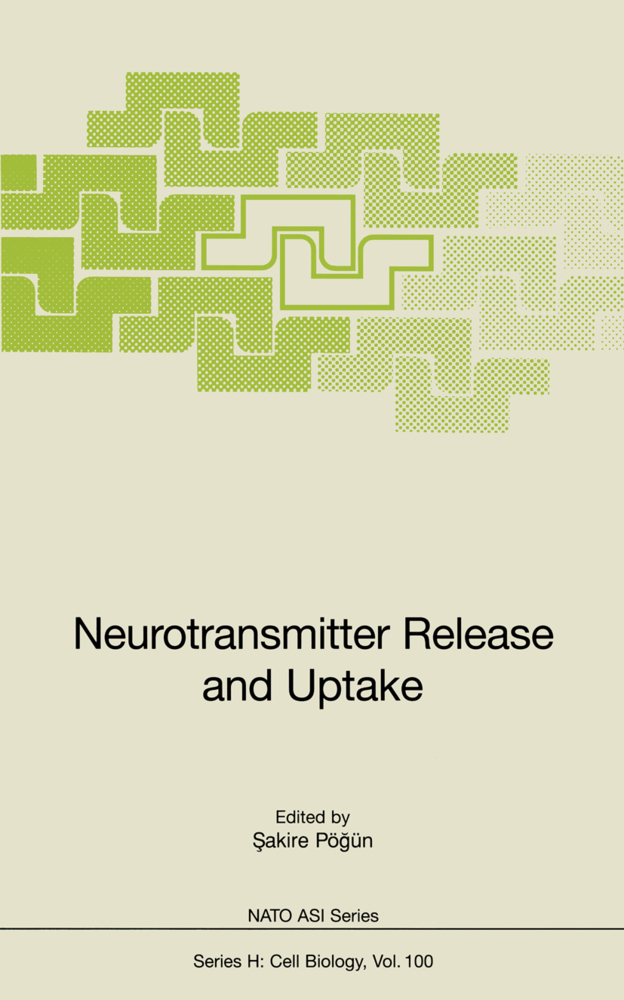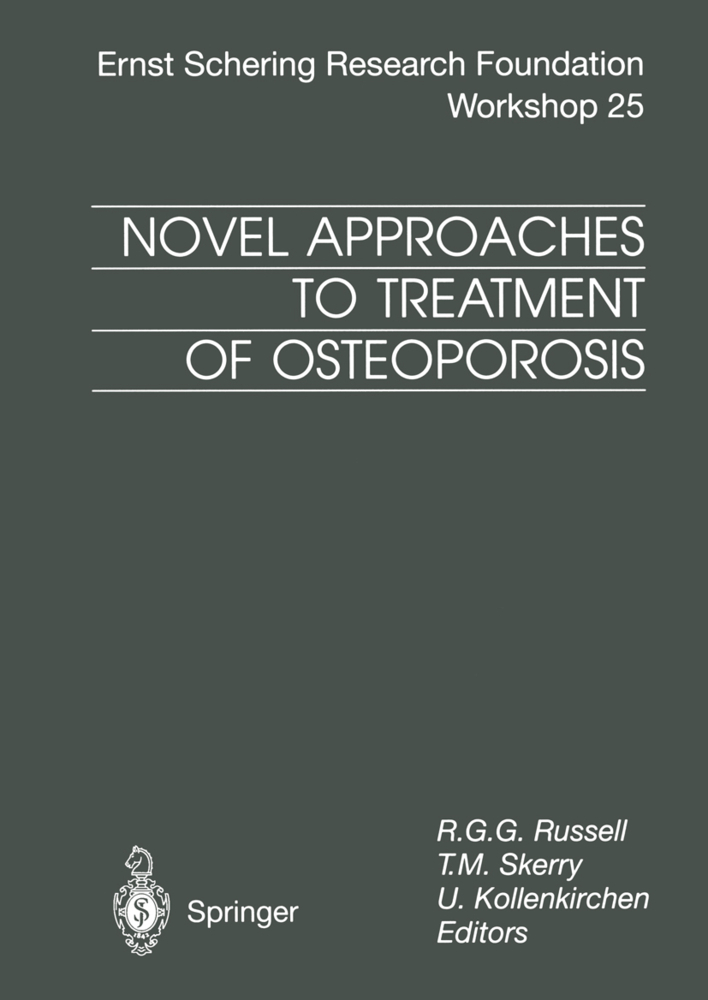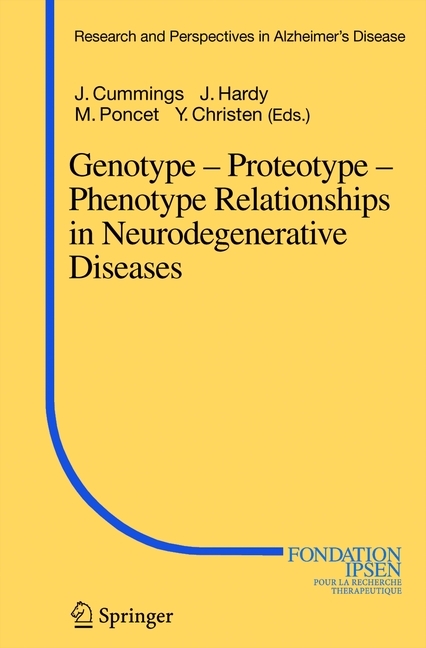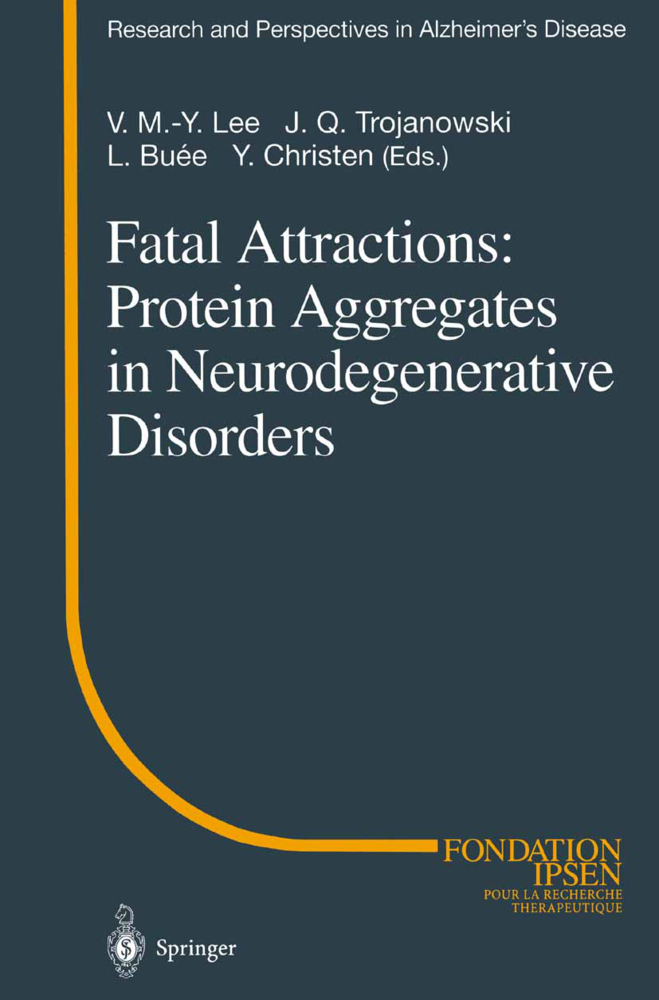Neuronal Death by Accident or by Design
Neuronal Death by Accident or by Design
Four chapters represent the intense current effort to understand the way in which the mitochondrion controls the activation of the final stages of cell death. Another four articles attack the problem from the other side. How do specific insults in particular human or mouse neuro-degenerative diseases translate into mechanisms that will not only allow us to better understand what is happening in these patients but also, with luck, allow for development of more efficient and specific drugs in the future? Firstly, the concept of a central common cell death pathway, originally derived from studies on the nematode, has been an outstanding productive paradigm in bringing together different strands of research. Secondly, truly striking links have been made between results obtained in the culture dish (or even cell-free systems) and the diseased human brain.
Bcl-2 Family Members and Permeabilization of the Outer Mitochondrial Membrane
Roles for Fas in Programmed Cell Death of Motoneurons
Events that Commit Neurons to Die After Trophic Factor Deprivation
Normal Programmed Cell Death of Developing Avian and Mammalian Neurons Following Inhibition or Genetic Deletion of Caspases
Caspases and Their Regulation in Apoptosis During Brain Development
Apoptotic Neurodegeneration in the Developing Brain
Apoptosis, Glial Cells and Parkinson's Disease
Mechanisms of Neuronal Death: An in vivo Study in the Lurcher Mutant Mice
Neuronal Death in Huntington's Disease: Multiple Pathways for One Issue?.
Mitochondria and Apoptosis, the Stepping Stones on the Path to Death
Mitochondrial Membrane Permeabilization in Physiological and Pathological Cell DeathBcl-2 Family Members and Permeabilization of the Outer Mitochondrial Membrane
Roles for Fas in Programmed Cell Death of Motoneurons
Events that Commit Neurons to Die After Trophic Factor Deprivation
Normal Programmed Cell Death of Developing Avian and Mammalian Neurons Following Inhibition or Genetic Deletion of Caspases
Caspases and Their Regulation in Apoptosis During Brain Development
Apoptotic Neurodegeneration in the Developing Brain
Apoptosis, Glial Cells and Parkinson's Disease
Mechanisms of Neuronal Death: An in vivo Study in the Lurcher Mutant Mice
Neuronal Death in Huntington's Disease: Multiple Pathways for One Issue?.
Henderson, C. E.
Green, D.
Mariani, J.
Christen, Y.
| ISBN | 978-3-642-07517-9 |
|---|---|
| Artikelnummer | 9783642075179 |
| Medientyp | Buch |
| Copyrightjahr | 2010 |
| Verlag | Springer, Berlin |
| Umfang | XI, 154 Seiten |
| Abbildungen | XI, 154 p. 58 illus., 18 illus. in color. |
| Sprache | Englisch |


